FORT BLISS, Texas -- Soldiers of the 5th Brigade, 1st Armored Division, Army Evaluation Task Force (AETF) recently tested several pieces of high-tech equipment in simulated battle scenarios as part of a situational training exercise (STX). The scenarios also included media training for unit commanders in the form of interviews conducted by a team of Soldiers and civilians pretending to be members of the civilian media.
Scenarios took place in the fictitious country of Elis, according to 5/1AD S3 Operations Officer Lt. Col. Darren Klemens. He explained that the people of Elis were engaged in a conflict over natural resources with their neighbor country of Attica. His unit was engaged in the conflict as "part of a coalition force to enforce a United Nations Security Council resolution to force the Atticans to vacate Elisian soil and return home," Klemens said.
Brigade Commander Col. Randall C. Lane was directing all unit operations from the Tactical Operations Center located at Dona Ana Base Camp. The primary maneuver units were companies of the 2nd Combined Arms Battalion, which is commanded by Lt. Col. Kevin Hendricks. The Brigade Support Battalion, commanded by Lt. Col. Kathy Shear provided two hot meals each day and shower facilities for Soldiers participating in the two-week STX, which encompassed training areas from south of McGregor Range to the Oro Grande Complex. The 1st Combined Arms Battalion, commanded by Lt. Col. Brian Cook, provided opposing forces (OPFOR). The OPFOR consisted of "civilians on the battlefield," conventional Attican military forces and Attican paramilitary forces. Civilian media were played by a Soldier from the 5/1AD Headquarters and civilians from the Future Force Integration Directorate. Observer/Controllers were from the 5/1AD Headquarters.
Lane explained, "The purpose of the June Company STX was to attain proficiency in our company mission-essential tasks, as well as to begin the integration of the Spin Out capabilities into planning and execution at battalion and company levels."
On the first STX day that included media training, the battle scenario was for D Company to be in reserve while C Company and A Company attacked their objective. D Company, led by Capt. Blake M. Price from Ripley, Ohio, came to provide both companies assistance while they attacked the Attican forces. After the mock battle ended, the civilian media (exercise) met with Price to conduct an interview that was videotaped and would be used during the after-action review (AAR) to discuss things that went well and those that did not.
When asked what his mission was, Price explained that his unit was serving as the task force reserve and was part of a battalion with extra elements. When asked what his unit was doing to deal with IEDs (Improvised Explosive Devices), he mentioned two new weapons systems the unit was using. This caught the attention of the reporter, who asked for more details. Price explained that C Company was using a Small, Unmanned Ground Vehicle (SUG-V) to send into an area to detect IEDs before he committed unit Soldiers. He explained that the SUG-V is a small robot that can send photos of an area it is looking at with its two cameras, one of which is a backup in case the other gets shot up. He also explained that the unit was using an Unmanned Aerial Vehicle (UAV), which can hover overhead and send aerial shots of an area. Both systems are currently being tested by AETF Soldiers, who have already recommended some improvements to both systems.
After the interview with role-playing civilian media ended, Price talked about his real-world mission of evaluating Spin Out systems that were part of the Future Combat Systems, the Army's current modernization program that has been renamed the Army Brigade Combat Team Modernization program. A veteran of two operational deployments to Iraq, in 2003 and 2005, Price said he views his current assignment as a "very important assignment," because he and his Soldiers have been able to recommend changes to improve the UAV, the Rifleman's Radio and the Land Warrior system, which is a computer, communications, and global positioning system integrated with the Soldier's body armor and helmet to digitally link Soldiers on the battlefield. The unit's recommendations should help extend the range of the Rifleman's Radio and make the Land Warrior lighter in weight.
Asked how he feels about participating in exercises like this STX, Price quickly replied, "This is much better than a garrison environment." After the STX ended, the unit was scheduled to spend some time at White Sands Missile Range.
On the second day of STX scenarios that included media training, C Company was looking for Attican paramilitary personnel in small Elisian villages. After the battles had ended, unit commander Capt. Darius Anania was questioned about the operations by two role-playing reporters. Like his fellow company commander Price, he was also enlisted and got his commission through the Officer Candidate School at Fort Benning. Also like Price, Anania served two tours of duty in Iraq-one in 2003 and the second from 2005 to 2007. Because he spent most of his life moving around the globe with his father, who worked for the State Department, he hesitated when asked about his hometown. Eventually he claimed Orlando, Fla., where he went to college, as his hometown.
The reporters' questions centered around his mission and casualties that resulted from the battle scenario as played out in a mock village. "The mission was to deny the enemy a safe haven and to allow freedom of maneuver for follow-on missions," Anania said. He also mentioned that his unit had used several pieces of high-tech equipment to obtain information about the enemy and that it had worked well. "The way we identified IEDs early was that we used some new pieces of equipment in order to observe the specific areas where we think, based on intelligence reports, the IEDs would be," he said. He also said that to confirm the reports, he placed some Soldiers on the ground on elevated terrain. Anania added, "I'm sure there were more that we didn't find, but we just enabled ourselves to find so many more than we would have found." Asked for more details of the new equipment, he said, "There are small, unmanned sensors that we can employ in various ways. Some are airborne, some are ground based, but we use them from a remote location. They can identify IEDs, they can visually search vehicles, entry ways-all kinds of stuff-but that's how we can find IEDs a lot better now."
Anania said the SUG-V works really well, and his unit employed it during the mission. Another unit used the aerial sensors, which he said also worked well. When the reporter asked him if he thought these new weapons systems were worth the high price tag, he said, "I think we should have spent the money-gotten the equipment-10 or 15 years ago.... Instead of my Soldiers coming down the route in a convoy looking for an IED and then one goes off, and a couple are daisy-chained together-now I have a remote sensor to use instead."
Anania's primary job as commander of an AETF unit is to test and evaluate new, high-tech weapons systems as part of Army modernization, and he is obviously proud to be a part of it. He talked about some of the changes his Soldiers have recommended that have already been implemented. One example is the carrying handle on the SUG-V, which Anania gave his Soldiers credit for developing. Earlier versions had no handle, and when stowed, the SUG-V looked like a box. Soldiers would grab its neck that was topped with a camera pod to move the SUG-V, and when they would run with it, sometimes it would break, he said. A Soldier suggested that a metal grab handle be welded onto the back of the frame, and now the neck does not get broken. Soldiers also recommended a flexible hard-plastic fuel line replace the current one on the UAV.
Anania noted, "Most of the time we have a representative (from the contractors who are building the equipment) out here, and we will talk with him directly about any issue we are having with the equipment, and we will make recommendations on it. We also put together a report called the after-action review on any piece of FCS equipment we touch.
"We do a great job using the equipment we have, but it's time to update it," he said. After he completed the captains' course, Anania said he was offered his current position. "I jumped at it-I volunteered to come here, so I could have a direct hand in creating the future of the Army. I'm really excited about it--I have been ever since I got here," he concluded.
Lane summed up the operations by saying, "We successfully met the intended purpose with all the companies in 2 CAB with great support from 1 CAB providing the world- class OPFOR." He continued, "It was a great training exercise that yielded numerous tactics, techniques and procedures dealing with the planning and employment of Spin Out capabilities such as the SUG-V, Class I Unmanned Aerial System, Non-Line of Sight Launch System, and Unattended Ground Sensors. The Soldiers gained a great deal of confidence in the Class I UAS as we attained distances and a flight duration that far exceeded anything to date. We are looking forward to further lessons learned and TTPs in the upcoming July Company STX and Force Development Testing and Experimentation."
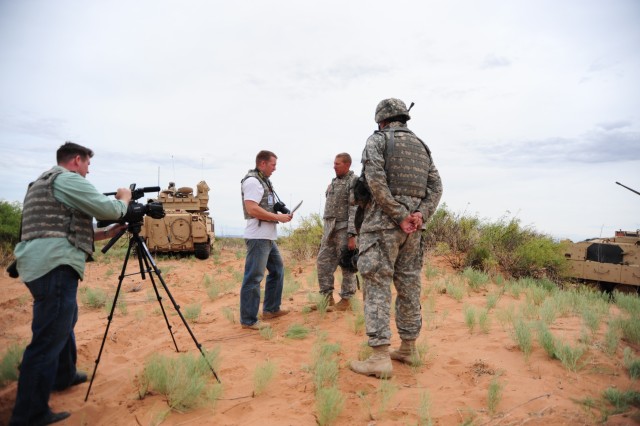
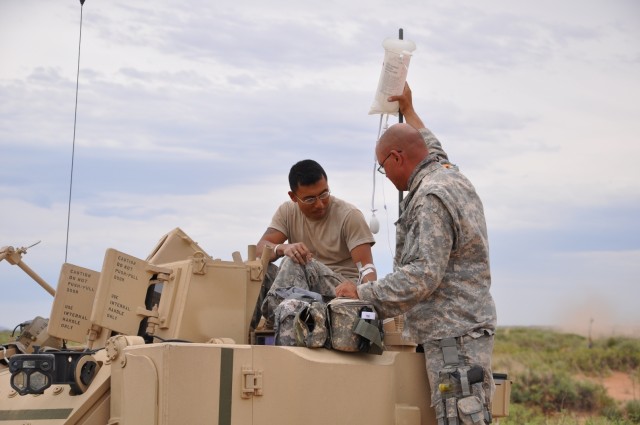

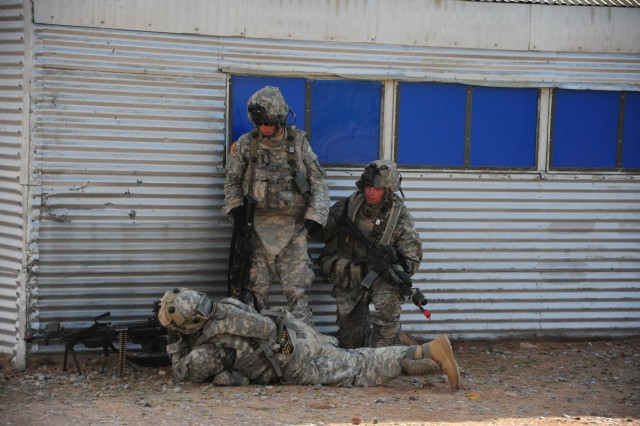
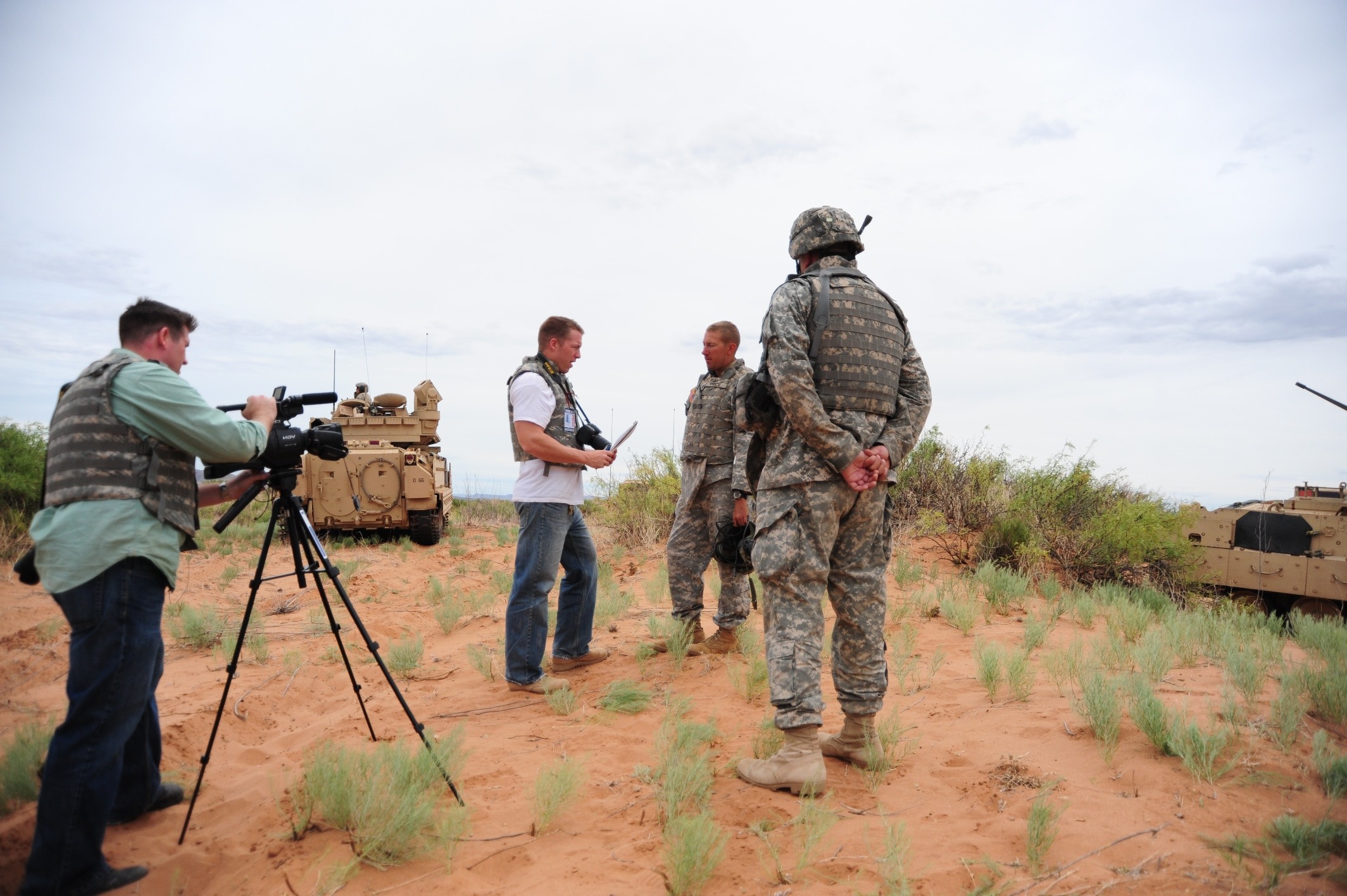
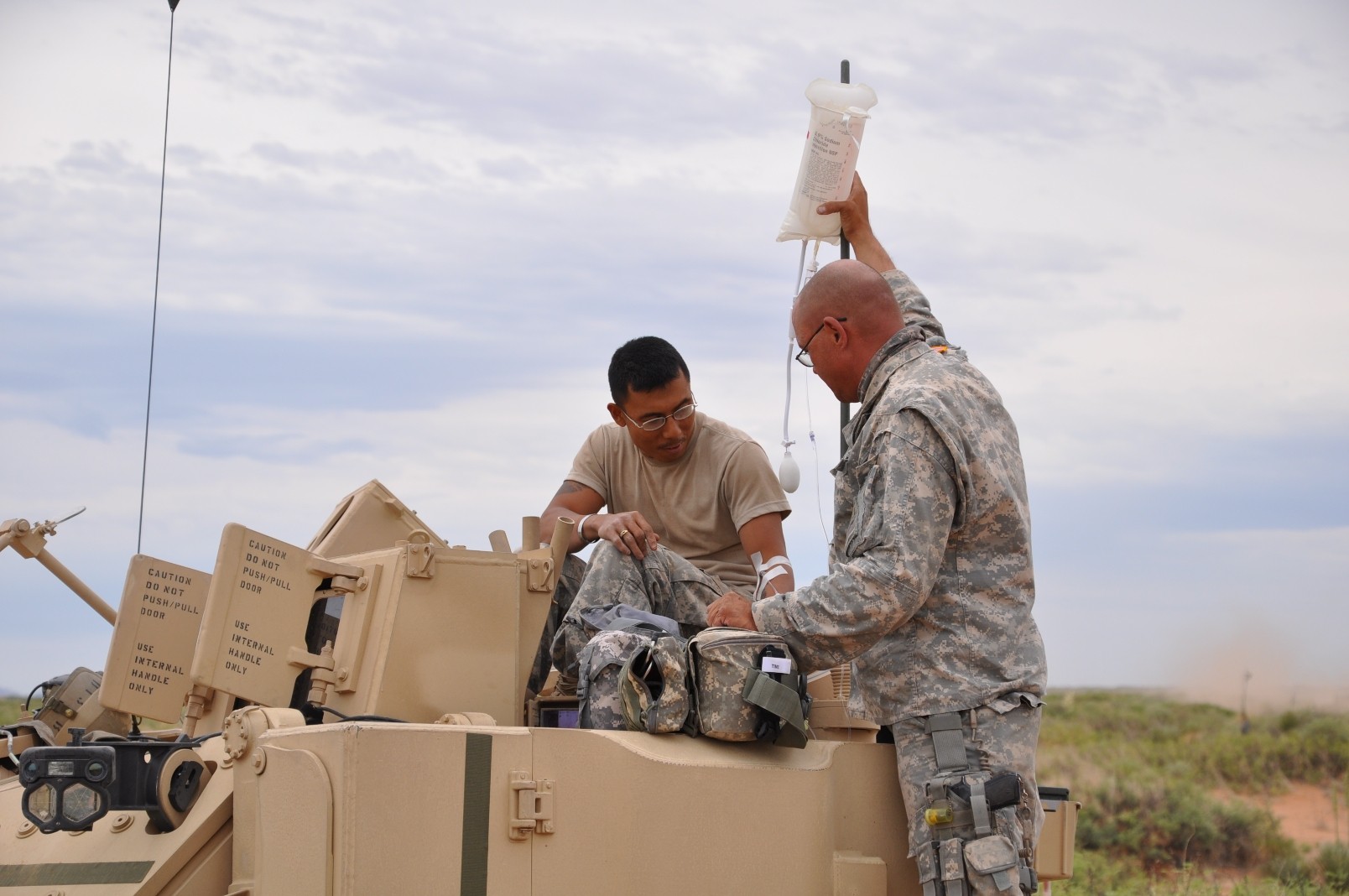
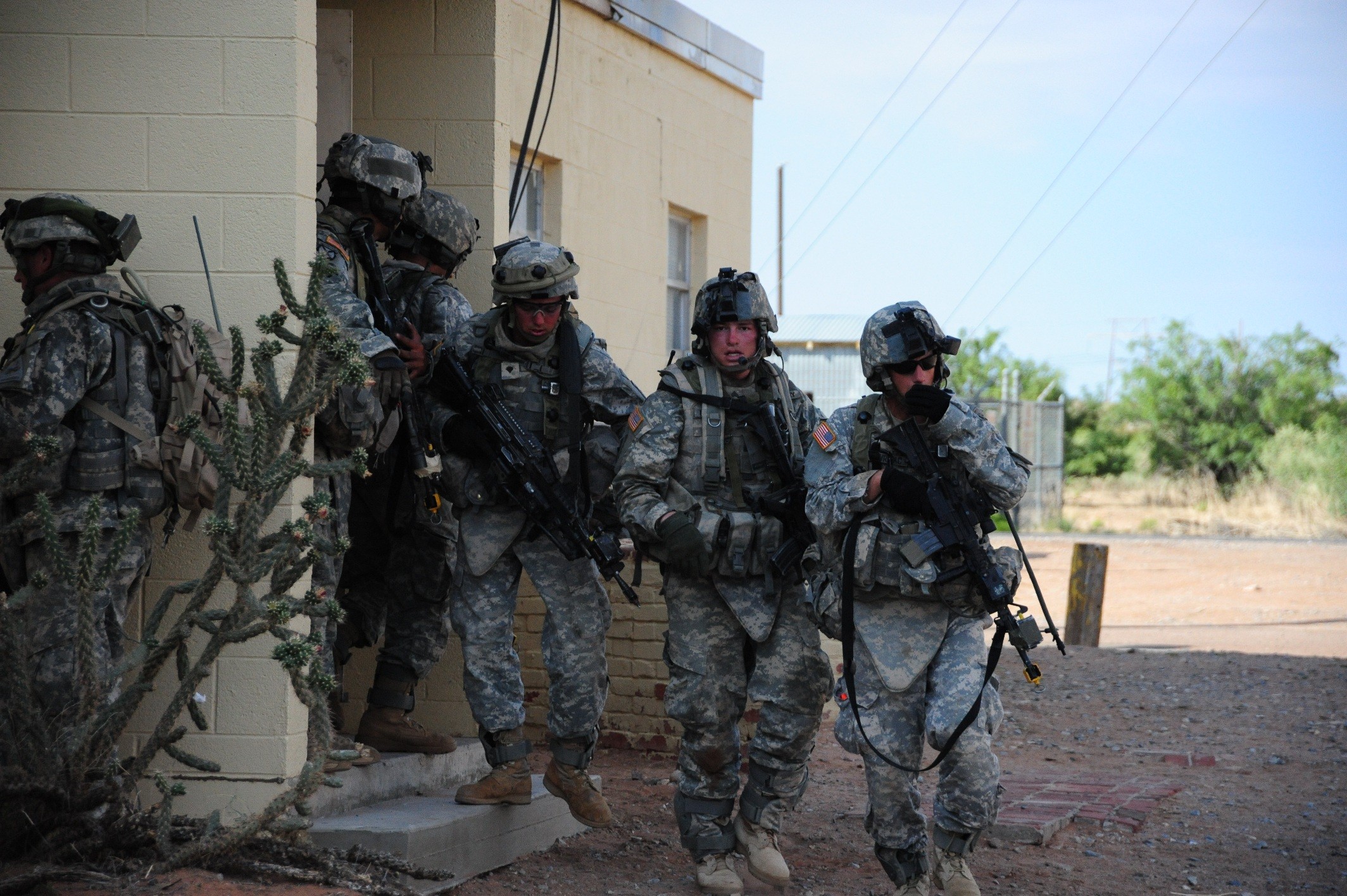
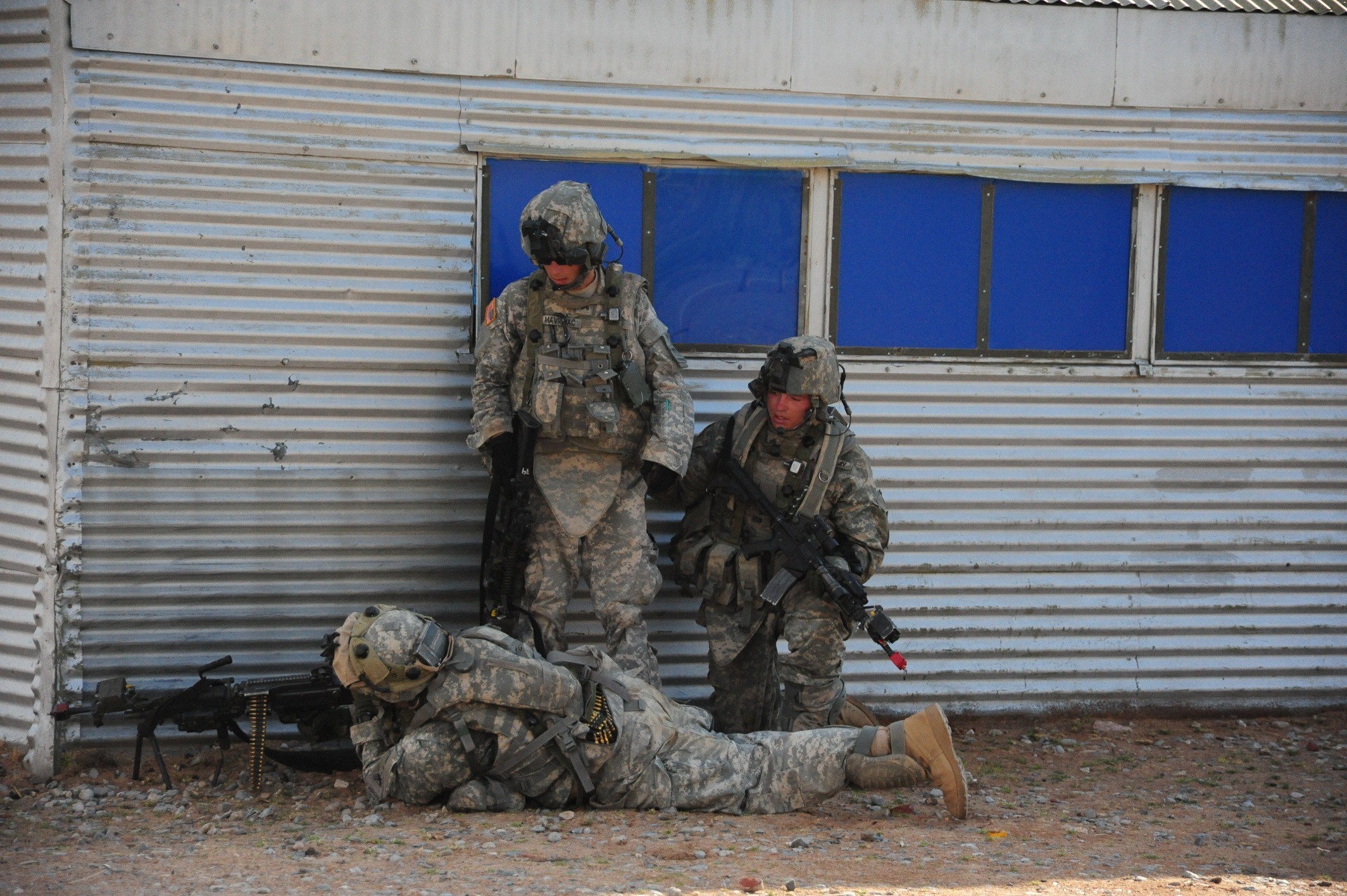
Social Sharing